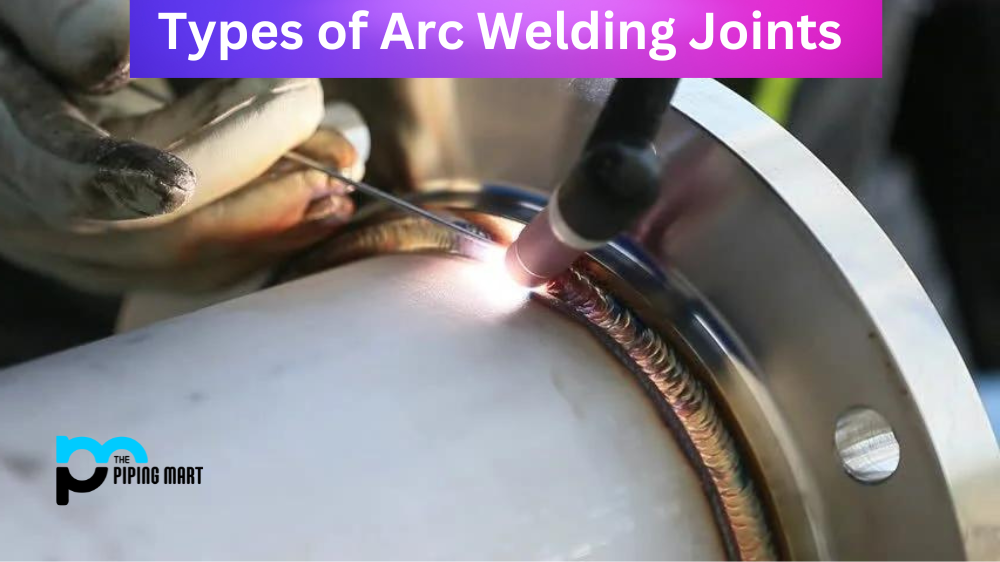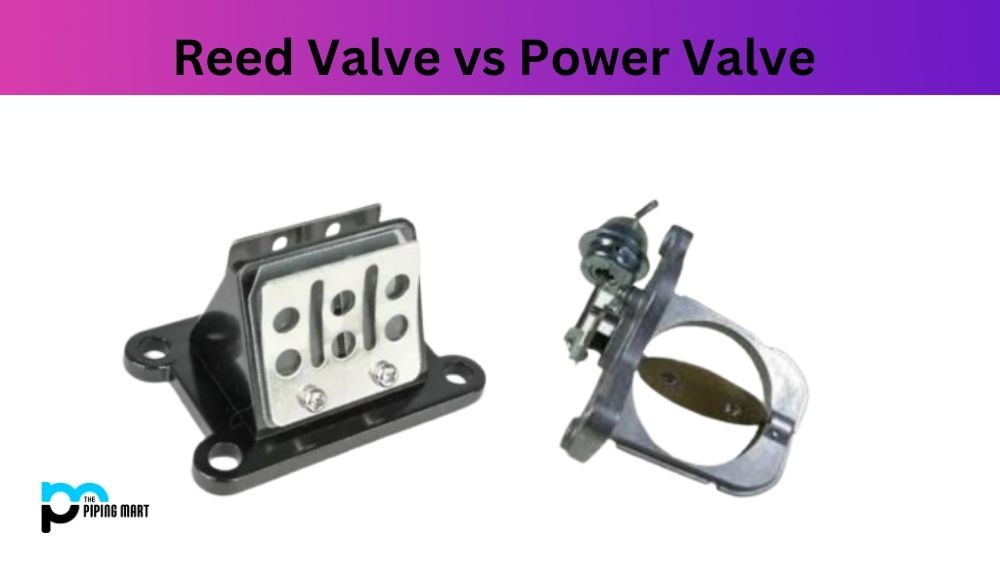Arc welding is an essential part of many fabrication processes, and understanding the various types of joints used in arc welding is critical to carrying out a successful weld. Each joint has its own strengths and weaknesses, so it’s important to choose the right one for your project. In this blog post, we’ll take a look at the different types of arc welding joints and explain their applications.
Butt Joint
The most common type of arc welding joint is the butt joint. This joint consists of two pieces being joined together directly at a 90-degree angle—the same way two pieces of wood might fit together in a corner. Butt joints are strong and reliable but are also limited in their flexibility as they must be welded from one side only. This can make them difficult to use in situations where access from both sides is necessary.
Lap Joint
Another type of arc welding joint is the lap joint, which involves overlapping two pieces at any angle and then welding them together. Lap joints allow for more flexibility than butt joints, as both sides can be easily accessed for welding. They’re most commonly used when joining two flat surfaces together or when connecting items at an angle that isn’t 90 degrees.
T joint
Finally, there are tee joints, which involve joining two pieces with a third piece placed perpendicular between them—just like how three boards would fit together to form a teepee. Tee joints are extremely strong and provide good access from both sides for easy welding, making them ideal for projects involving thicker material or heavier loads.
Corner Joint
Corner joint welding is one of the essential arc welding joints. It’s used to join two pieces of metal together, usually at a right angle. The most common corner joint welds are fillet and butt welds. The former requires less training and preparation time, while the latter is more difficult but provides the strongest weld possible. When making a corner joint weld, good technique is essential to ensuring a successful weld that won’t end up in failure due to cracking or porosity. It’s especially important for each piece of metal to be free of dirt, rust, and other debris so proper adhesion can occur. Regularly checking for slag should also be part of your routine when performing this type of welding as well as using appropriate safety measures such as wearing eye protection and face masks. With the right steps in place, corner joint welding can produce superior results every time.
Edge JOINT
Edge joint arc welding is a great way to make welds that are not only strong but also visually appealing. This type of joining method requires less preparation than other types of joint designs, so it’s a fast and efficient way to join metal pieces in many applications. The edges of the cylinders or plates need to be bevelled only slightly for this kind of weld, which gives it a clean finish and helps ensure a tight seal when the pieces are joined together. By having the two parts overlap so that the edge of one lies on top of the other, the shape and size of welds can easily be adjusted during the tack welding phase. Edge joint arc welding is an attractive option for any project because it’s relatively quick and easy to do.
Conclusion:
Arc welding requires knowledge of different types of joints and how they should be used in order to produce successful results. Butt joints are great for simple applications requiring only single-sided access, while lap and tee joints offer more flexibility for projects involving complicated angles or thicker materials that require strength and stability. With this guide under your belt, you should now have a better understanding of the various types of arc welding joints available so you can choose the best option for your next project!

A passionate metal industry expert and blogger. With over 5 years of experience in the field, Palak brings a wealth of knowledge and insight to her writing. Whether discussing the latest trends in the metal industry or sharing tips, she is dedicated to helping others succeed in the metal industry.




